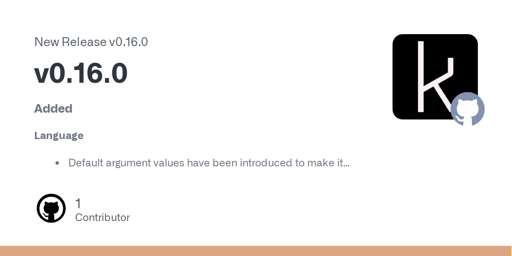

The premise of the question is wrong, since it assumes a general preference.
If you’re asking 👉 this 👈 Arch user, the answer is “NONE”.
EDIT: The majority of users, especially experienced ones, don’t enable pkgstats. So such stats always end up in some form of self-selection (biased towards users who would use a DE in this case).


Not knowing about opt-in telemetry doesn’t convey lack of experience, or lack of (relevant) knowledgeability. Especially considering the fact that Arch purposefully keeps the existence of it low-key to avoid the possibility of pissing off anyone.
I was already an Arch user when that opt-in telemetry was introduced. And only heard about it because I was relatively active in Arch communities back then (relatively young, relatively new to Arch). If pkgstats were introduced two years later, I would have never heard of them. Because believe it or not, Arch is just a reliable OS, where you don’t have to interact with anything other than reading the odd announcement every other year. It’s not a “community”, or a “way of life”, or anything in that bracket.